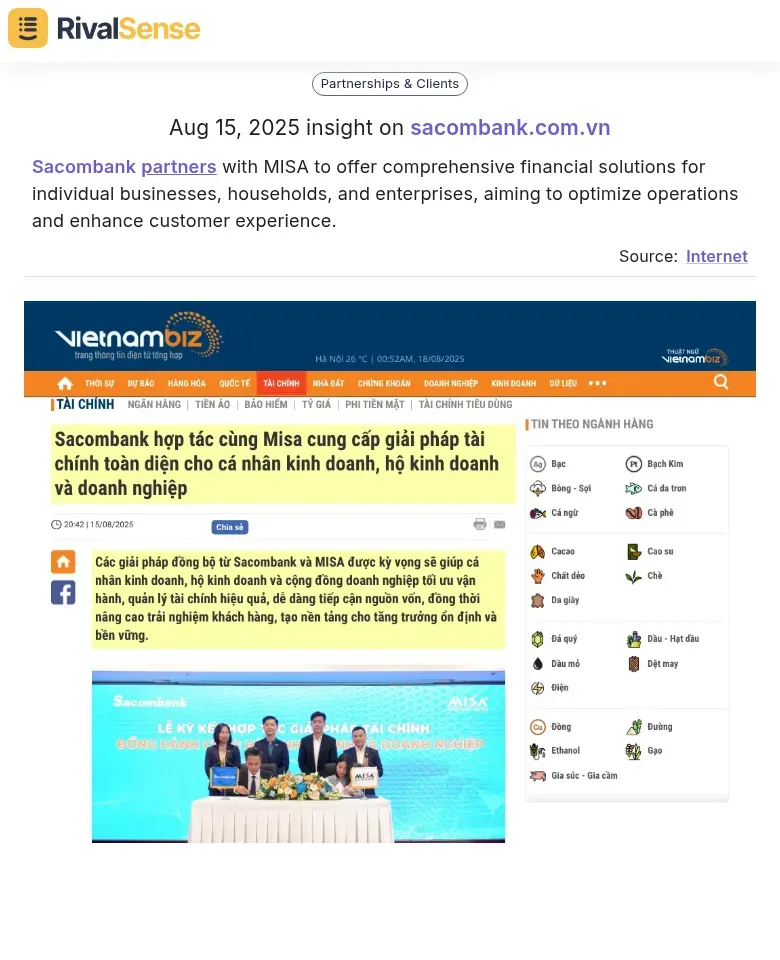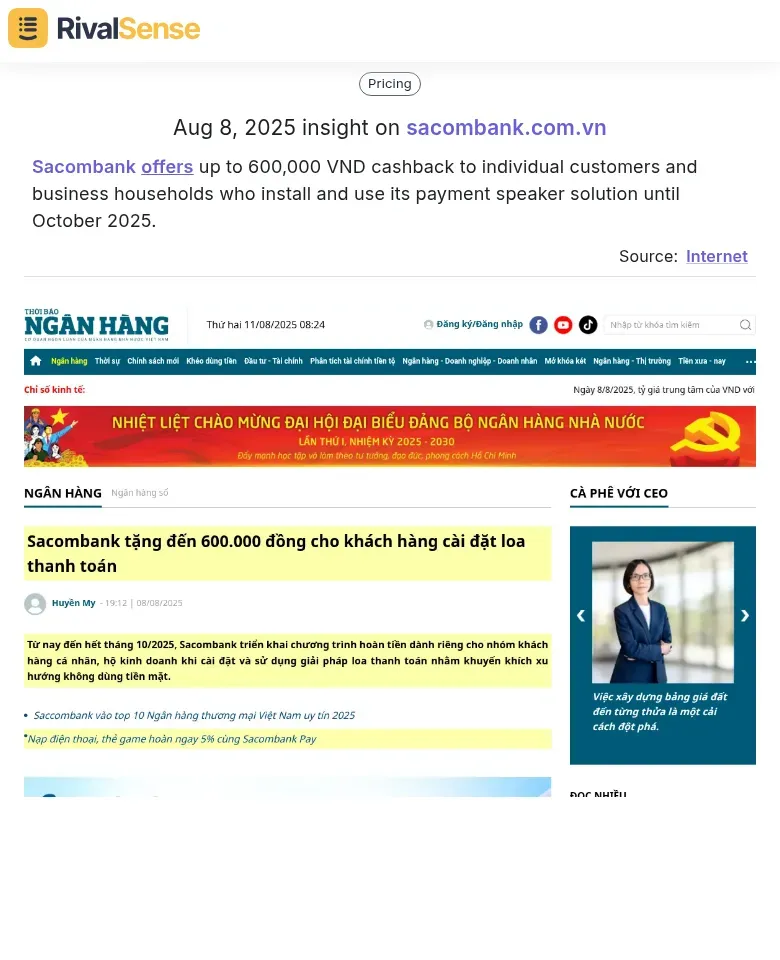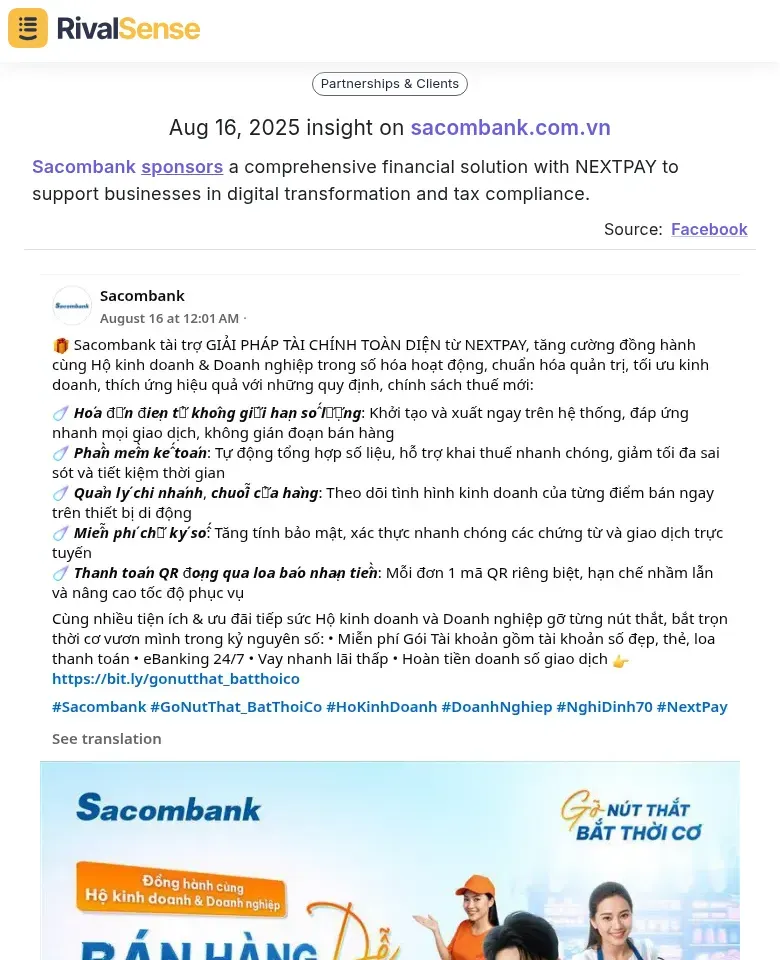How to Analyze Banking Product Documentation Like a Pro
Analyzing banking product documentation is a goldmine for competitive intelligence, offering a clear window into your competitors' strategies, strengths, and potential weaknesses. By dissecting these documents, you can uncover valuable insights that inform your business strategy—from pricing models to feature sets and customer value propositions. This proactive approach ensures you stay ahead in a competitive market where knowledge translates directly into advantage.
Understanding competitor offerings allows you to identify gaps in your own products or spot opportunities for differentiation. For instance, if a competitor's documentation highlights a unique loan feature, you can assess its market appeal and consider integrating similar or superior capabilities into your offerings.
Key insights you can extract include:
- Product Features: Detailed breakdowns of what competitors offer, helping you benchmark your products
- Pricing Strategies: Transparent or implied pricing models that reveal market trends
- Target Audiences: Clues about prioritized customer segments
- Regulatory Compliance: How competitors address legal requirements
✅ Practical Tips:
- Start with Publicly Available Docs: Annual reports, product brochures, and website FAQs
- Look for Patterns: Compare multiple documents to identify strategic shifts
- Note the Language: Tone and terminology reveal positioning tactics
- Check for Updates: Schedule quarterly reviews to track evolution
Identifying Key Features and Benefits in Competitor Offerings
Spotting Unique Selling Propositions (USPs) requires careful dissection of competitor documentation. Look for terms like "exclusive," "first-of-its-kind," or customer-centric language that signals differentiation. These markers often highlight where competitors are investing their innovation resources and marketing energy.
Partnerships dramatically amplify product value and reach. Consider Sacombank's collaboration with MISA to offer integrated financial solutions:

Why this matters: Tracking such alliances reveals how competitors expand capabilities without internal development. This insight helps you identify potential partners to address your own product gaps.
🔍 Practical Steps:
- Create a Feature-Benefit Matrix: Map competitor features to customer outcomes
- Monitor Partnership Announcements: They signal upcoming capability boosts
- Segment-Specific Analysis: Compare how benefits target different audiences (e.g., SMEs vs. enterprises)
Understanding Promotional Strategies and Customer Incentives
Promotional tactics reveal how banks acquire and retain customers in crowded markets. Time-bound incentives like cashback programs create urgency, while ongoing benefits build loyalty. Analyzing these helps you gauge market expectations and competitive intensity.
For example, Sacombank's payment speaker cashback offer targets specific user behavior:

Why this matters: Monitoring promotions shows what incentives move customer behavior. Seeing eligibility terms and redemption patterns helps design your own high-conversion offers.
📋 Evaluation Checklist:
| Factor | What to Analyze |
|---|---|
| Duration | Start/end dates and seasonal timing |
| Eligibility | Customer segments and activation requirements |
| Value Proposition | Perceived vs. actual benefit clarity |
| Post-Promotion Retention | Churn rates after incentive expiration |
Leveraging Partnerships for Comprehensive Solutions
Strategic partnerships allow banks to rapidly expand offerings without heavy R&D investment. These collaborations often fill critical gaps in services—like tax compliance tools or digital onboarding—that customers increasingly expect as table stakes.
Notice how Sacombank's NEXTPAY sponsorship creates bundled value:

Why this matters: Partnership announcements signal strategic priorities. Tracking them helps anticipate market shifts and identify alliance opportunities before competitors lock in key players.
🔎 Partner Selection Framework:
- Market Gap Alignment: Does partner address unmet customer needs?
- Complementary Strengths: Will integration create 1+1=3 value?
- Scalability: Can solutions grow with your customer base?
- Compliance Fit: Do they meet regulatory standards in your markets?
Extracting Insights for Your Product Development
Translating documentation analysis into product improvements requires systematic decoding. Start by reverse-engineering competitor features to understand underlying customer needs. Ask: "What pain point does this solve?" rather than just "What does it do?"
Effective translation involves three phases:
- Discovery: Catalog competitor features and technical specifications
- Interpretation: Determine why certain capabilities resonate with users
- Application: Adapt insights to your product roadmap
✅ Implementation Checklist:
- Rank competitor features by customer appeal (survey data helps!)
- Prototype small enhancements before full builds
- Measure adoption metrics for each iteration
Case in point: A fintech startup analyzed competitor loan products, noticed missing flexible repayment options, and introduced tiered plans—resulting in 30% new customer acquisition.
Conclusion and Next Steps
Banking documentation analysis transforms raw information into strategic advantage. Consistent monitoring reveals feature trends, partnership patterns, and promotional tactics that shape market expectations. The key is systematizing this intelligence into actionable workflows.
🚀 Proactive Monitoring Framework:
- Automate competitor tracking with specialized tools
- Conduct quarterly competitive audits
- Share findings cross-departmentally (product, marketing, sales)
- Benchmark your offerings against emerging standards
Ready to decode competitor moves faster? Try RivalSense Free—get your first competitor intelligence report today. Track product launches, pricing shifts, partnerships, and promotions in one weekly digest.
"In banking, the best innovators don't just read the market—they anticipate it."
📚 Read more
👉 How Event Participation Insights Can Track Industry Disruptors
👉 Mobilly's EV Payment Expansion: How to Analyze Competitor Moves
👉 Competitor Website Teardown Techniques: A Step-by-Step Guide for B2B Leaders
👉 Boost Corporate Wellness with Competitive Research Methods
👉 How Affinda's Document Shift Empowered Competitors to Adapt
